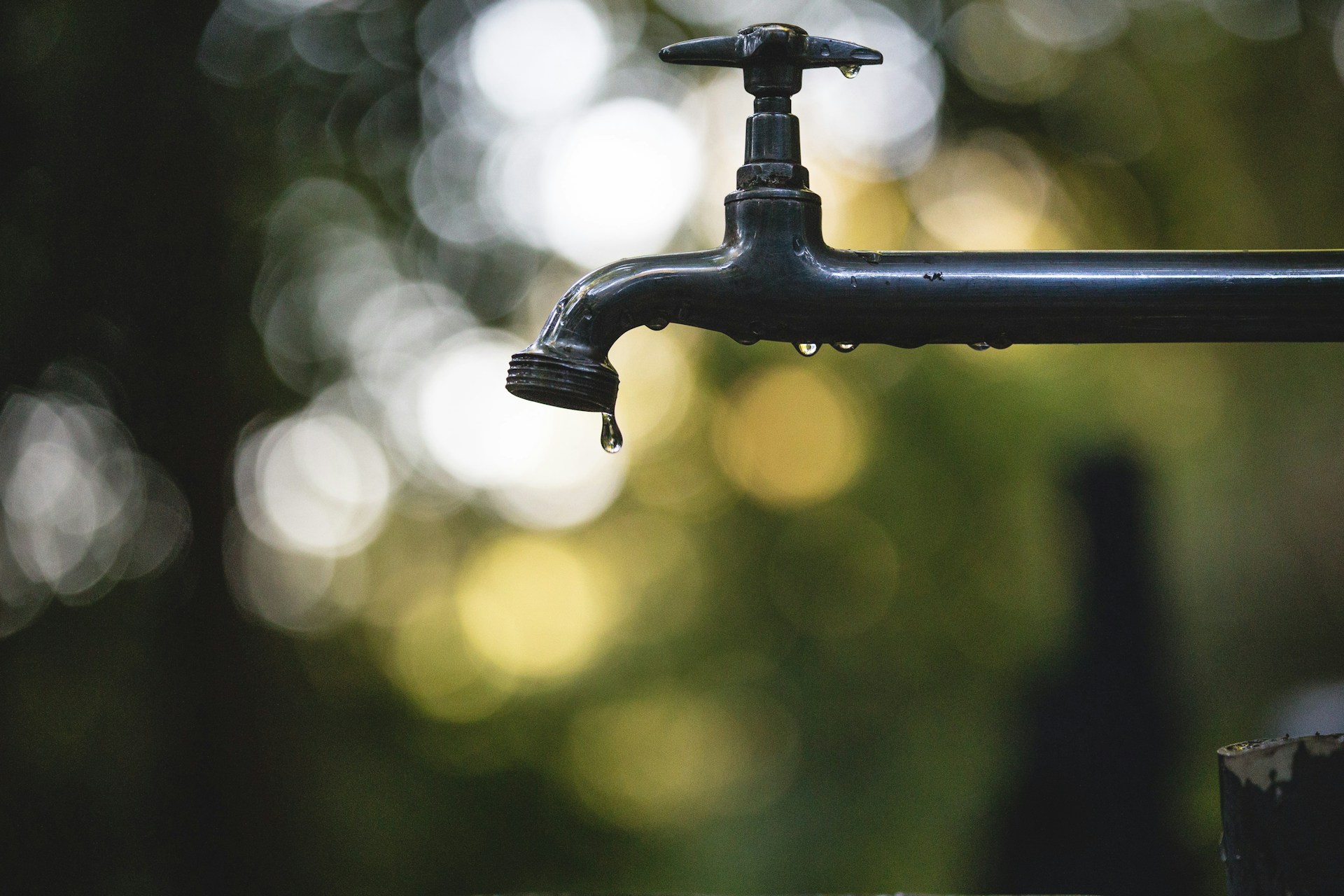
Water resource management is crucial for ensuring this vital resource’s sustainable use and preservation amid growing global demand and climate challenges. Efficient management balances water supply and demand, safeguards ecosystems, supports agriculture, and provides clean drinking water to communities.
The field is evolving with innovative trends, harnessing technology and novel practices to address these challenges more effectively. From smart water management systems offering real-time monitoring to advanced purification techniques, these innovations pave the way for more resilient and efficient water management solutions. As these trends gain traction, they promise to revolutionize how people manage and utilize water resources for a sustainable future.
1. Smart Water Management Systems
Smart water management systems are advanced frameworks utilizing technology to optimize the use and distribution of water resources. These systems typically include components — such as sensors, meters and data analytics platforms — working together to monitor water usage. One essential benefit is real-time monitoring, which allows immediate insights into water consumption patterns and potential issues.
Additionally, these systems can detect leaks early to prevent water loss and reduce repair costs. Smart water management systems promote efficient water usage by providing detailed data and insights, helping users make informed decisions about their water consumption.
2. Advanced Water Purification Technologies
Cutting-edge water purification methods — such as reverse osmosis and UV purification — revolutionize how clean water is produced. Reverse osmosis uses a semi-permeable membrane to remove contaminants and provide a highly effective way to develop safe drinking water. On the other hand, UV purification uses ultraviolet light to kill bacteria and viruses, which offers a chemical-free method to ensure water safety.
These advanced techniques provide greater efficiency and fewer chemical byproducts than conventional methods like chlorination. They are applicable in various real-world applications, from household water filters to large-scale municipal water treatment plants. These methods improve water quality and ensure communities can access clean, safe water.
3. Shoreline Stabilization
Shoreline stabilization is critical to water resource management because it protects coastal areas from disasters such as storms, floods and rising sea levels. This process helps maintain the integrity of shorelines, preventing erosion and the loss of valuable land.
Innovative techniques like living shorelines, artificial reefs and bioengineering can address these challenges. Living shorelines use natural materials and vegetation to stabilize coastlines, while artificial reefs and bioengineering involve creating structures that mimic natural processes.
These methods control erosion, restore habitats for marine life and improve water quality by filtering pollutants. Implementing these advanced techniques can protect human communities and ecosystems and ensure a sustainable future for coastal regions.
4. Sustainable Irrigation Practices
Modern irrigation technologies — such as drip irrigation and automated irrigation systems — transform agriculture by significantly enhancing water conservation and productivity. Drip irrigation delivers water directly to the roots of plants through a network of tubes, reducing water wastage and ensuring efficient usage.
Automated irrigation systems use sensors and timers to provide precise amounts of water based on soil moisture and weather conditions, which further optimizes water use. Implementing these technologies in agriculture involves setting up the appropriate infrastructure, such as installing drip lines or integrating smart controllers for automation.
Additionally, a study has shown that removing ammonia from wastewater to create fertilizer can emit 5-10 times less greenhouse gas than conventional techniques. Adopting these modern technologies allows farmers to conserve resources, boost crop yields and reduce their carbon footprint.
5. Rainwater Harvesting and Recycling
Rainwater harvesting systems collect and store rainwater for later use, efficiently managing water resources. These systems typically include catchment areas, gutters, storage tanks and filtration units to ensure the water is safe for various uses.
The benefits of water recycling through rainwater harvesting are substantial for urban and rural areas. In urban settings, it can reduce demand for municipal water supplies and lower utility bills. Meanwhile, it can provide a reliable water source for irrigation and livestock in rural areas.
Additionally, harvesting rainwater helps reduce the risk of flooding by diverting excess water away from storm drains. It can also improve water quality by reducing reliance on chemically treated sources. This process is a sustainable practice that enhances water availability and supports environmental conservation efforts.
6. Desalination Innovations
Desalination removes salt and other impurities from seawater to produce fresh, drinkable water. This practice is paramount, especially considering half of the world’s population experiences severe water scarcity for at least one month yearly. As freshwater sources become increasingly strained, desalination offers a viable alternative to meet the growing demand for clean water.
Recent advancements in desalination technology have made the process more efficient and affordable, reducing energy consumption and costs. These innovations are crucial in making desalination a more sustainable and accessible option for communities worldwide. They help alleviate water shortages and support long-term water security.
Embracing a Sustainable Future in Water Resource Management
The future outlook for water resource management is promising. Continuous technological advancements and sustainable practices pave the way for more efficient and resilient systems. Businesses and individuals must support and adopt these innovations to ensure a sustainable and secure water future.
Emily Newton is the Editor-in-Chief of Revolutionized, an online magazine discussing the latest technologies changing our world.
















